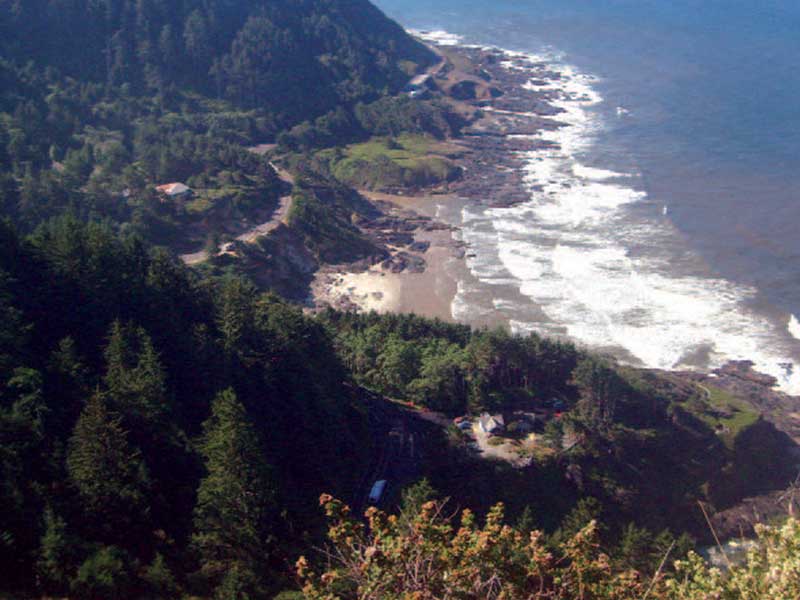
US Forest Service Upgrades Aging Water and Wastewater Infrastructure
PROJECT TYPE: Parks/Recreation/Ranches; Camps/Campgrounds
SERVICES: Construction; Start-up/Operations
TECHNOLOGIES: Primary, Recirculating and Dosing Tanks, Centralized Controls
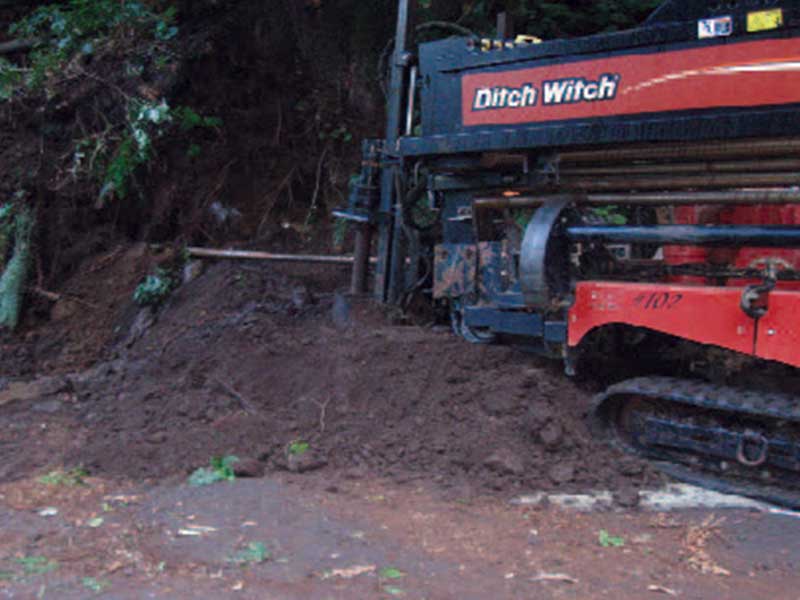
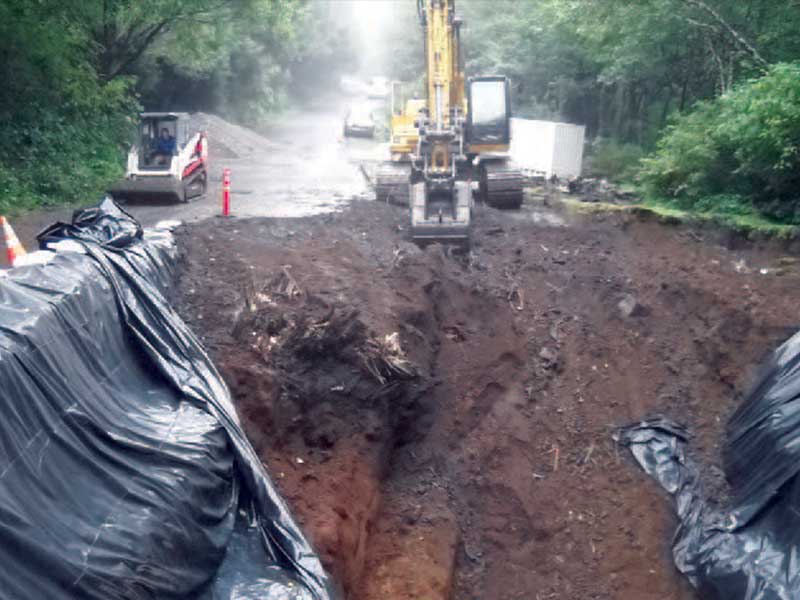
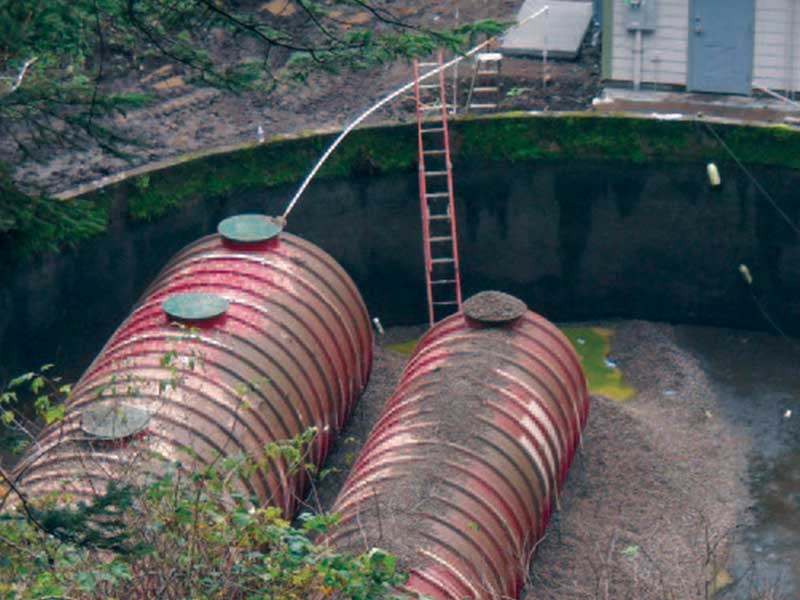
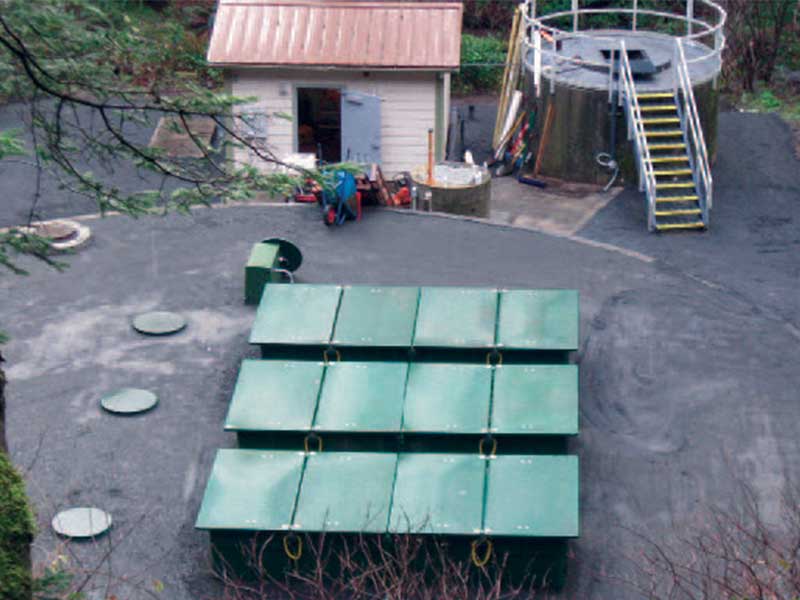
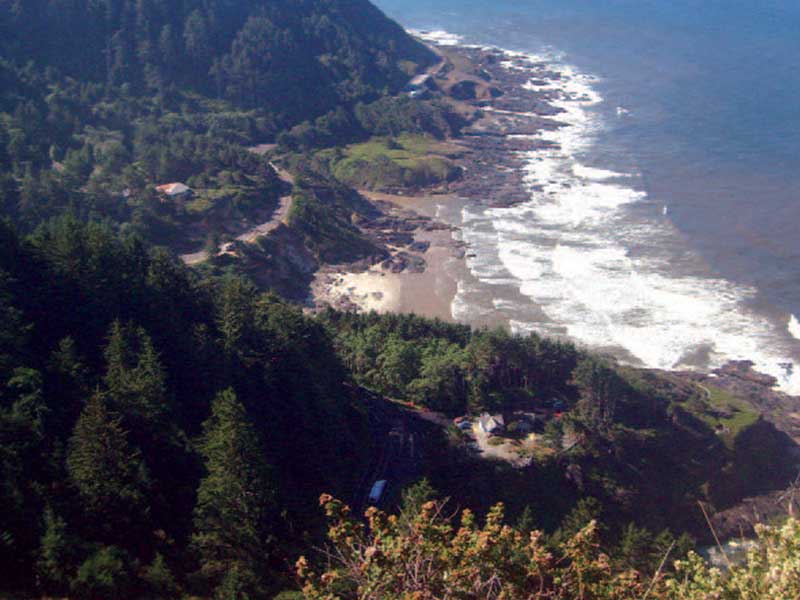
IWS constructed and began operations on a wastewater treatment plant encompassing 5,000 feet of water lines, and upgraded a 260,000 gallon aeration basin while installing primary, recirculating, and dosing tanks
Cape Perpetua is a large forested headland on the central Oregon Coast which projects into the Pacific Ocean. The land is managed by the United States Forest Service as part of the Siuslaw National Forest. Located within the Cape Perpetua Scenic Area is the Cape Perpetua Campground, which has the Cape Visitor Center, camp ground sites and St. Perpetua (“one of the Best views on the Oregon Coast”).
The Cape Perpetua Campground was in need of an infrastructure upgrade to both the water and wastewater treatment system. The existing water lines needed replacement and a new disinfection system was required to maintain adequate water quality for campers and visitors. The wastewater system also had issues and needed replacement of the wastewater collection lines and an upgrade to the existing aeration basin treatment system.
Work on the project began in September 2010 and was completed in April 2011, which being located on the Oregon Coast, meant working in the rain and battling the weather. Cape Perpetua is located 37 miles south of Cape Foulweather, and its reputation held true during the project.
IWS replaced approximately 5,000 feet of water lines and utilized directional boring and drilling as much as possible to minimize impact to the environmentally sensitive areas around the park and the coastal highway. Directional boring enables the installation of pipe below grade using a surface launched drill rig without having to dig open trenches. The pipe is installed in a shallow arc along a prescribed bore path. The local terrain also required directional drilling through rocky and very steep terrain.
Included in the water system upgrade was the installation of a chlorination system and controls for the water system, all housed in a new pre-fabricated building.
The existing wastewater treatment system utilized a 260,000 gallon aeration basin, but it was not performing as designed and was taken out of service and upgraded as part of the IWS scope of work. Specifically the aeration basin was pumped out and the sludge removed and disposed. Two fiberglass tanks were installed in the bottom of the existing concrete basin, a 20,000 gallon primary tank, a 12,000 gallon recirculating tank, and a 10,000 gallon dosing tank. After the tanks were set, the basin was backfilled with rock and two Advantex AX-100 pods were set on top of the new tanks. Controls for the new wastewater treatment system were installed in the same building used to house the water control system.IWS also installed approximately 2,500 feet of wastewater collection line piping as part of the upgrade. The collection lines were required to connect the original septic tanks so that the wastewater could be treated at the newly upgraded plant.
Project challenges included the weather, the varying subsurface conditions for the directional drilling, and large buried tree stumps (one was 12 feet in diameter). IWS provided ongoing traffic control throughout the project to protect all the constituents – workers, visitors, and Forest Service staff. From an operation perspective, IWS maintained water and wastewater services to all the concessionaires throughout the project so that there was no interruption in their service to the public.
Ron Seale, the IWS Project Manager, summed up the project, “We had a lot of challenges on this project but just kept chipping away and we ultimately prevailed and delivered a great water and wastewater treatment system to the National Forest Service.”
For more information, please click the ‘Contact’ tab to reach out to us.
